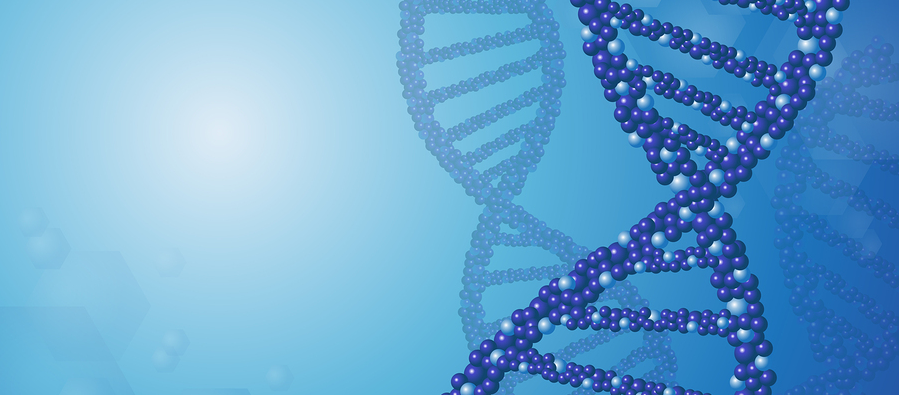Genetics of Rubinstein-Taybi Syndrome
Following the discovery of Rubinstein-Taybi Syndrome, in 1992 the first genetic abnormalities were identified including mutations and deletions on chromosome 16.
More specifically, a gene on chromosome 16 at the specific region of 16p13.3 known as the CREBBP gene has been found to be affected in the majority of individuals with Rubinstein-Taybi Syndrome.
A smaller proportion of individuals with Rubinstein-Taybi Syndrome have mutations in a gene located on chromosome 22 known as EP300. This gene is similar in structure and function to the CREBBP gene that can be affected on chromosome 16. For approximately 30% of individuals the genetic mechanism causing Rubinstein-Taybi Syndrome is unknown.
This led to the distinction of two types of genetic causes for Rubinstein-Taybi Syndrome in the research, sometimes referred to as type 1 (CREBBP gene change) and type 2 (EP300 gene change). As the EP300 gene change is less common, there are fewer reports of individuals with Rubinstein-Taybi Syndrome with this genetic cause. However, there was some indication that individuals with a genetic change in the EP300 gene may be only mildly affected. There has been inconsistency though with some with the EP300 gene change being identical to those the CREBBP gene change and some individuals with the CREBBP gene change being mildly affected too. Therefore, at present it isn’t clear whether there are distinct differences between individuals that have these two different genetic causes of Rubinstein-Taybi Syndrome.
The genetic abnormalities that result in Rubinstein-Taybi syndrome are de novo changes, this means that they are not inherited from either parent. Because of this, most individuals with Rubinstein-Taybi syndrome are the only individual within their family affected.
When parents are unaffected, the recurrence rate for siblings is less than 1%. For individuals that have Rubinstein-Taybi syndrome, if they go on to have their own children, the recurrence risk is 50%




